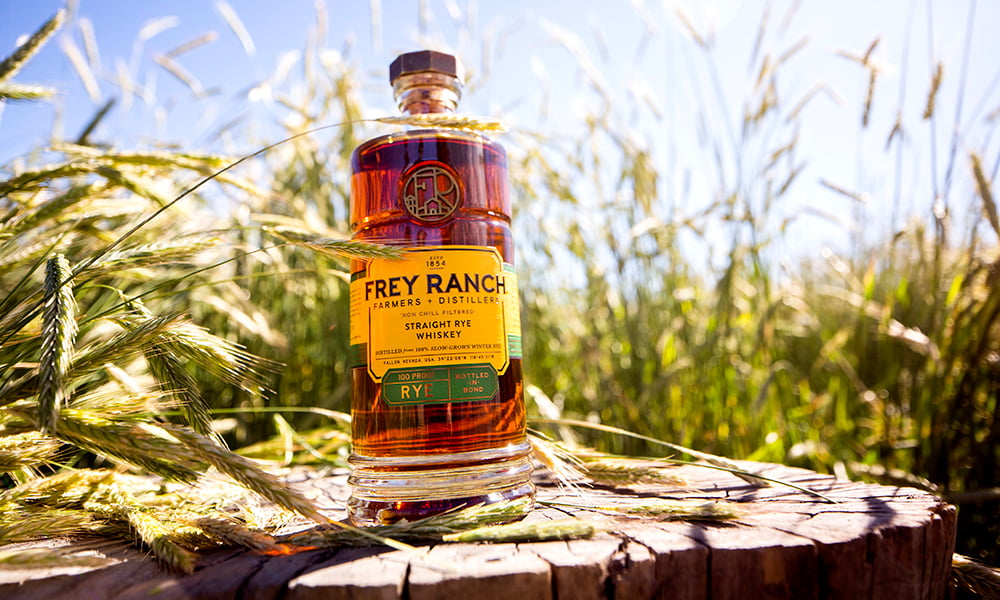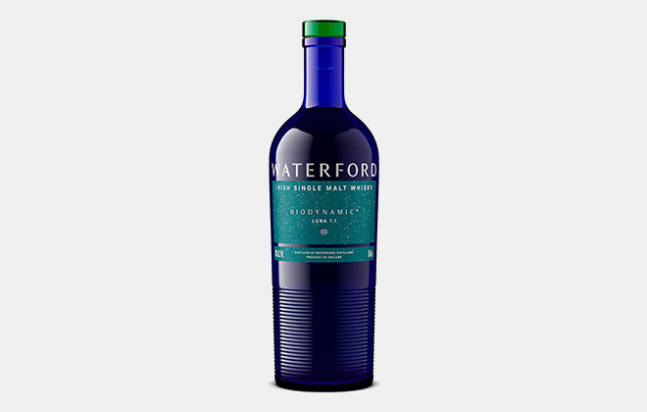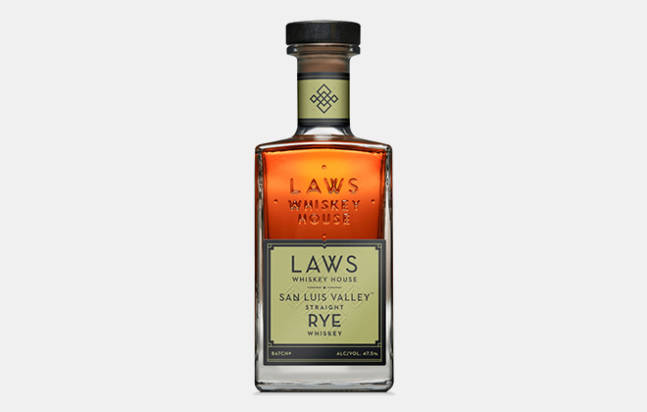Looking at a bottle of wine, the location of the vineyard is often front and center. The same can’t be said for whiskey, despite the fact that it, too, is an agricultural product. But there’s a set of distillers out there who are looking to change that, and the resulting bottles are a win for whiskey lovers everywhere.
Whiskey makers have traditionally picked high yielding grain varieties that are consistent and cost efficient. The implication that grain variety and quality has an impact on flavor turns that notion on its head.
Conventional thinking is that the distillation and aging process eliminates flavor variations that might arise from the specific variety or location it’s grown in. But in 2021, Ireland’s Waterford Distillery published a peer-reviewed paper in the journal Foods that was led by Dustin Herb from Oregon State University that found “conclusive proof of terroir’s influence on whisky.”
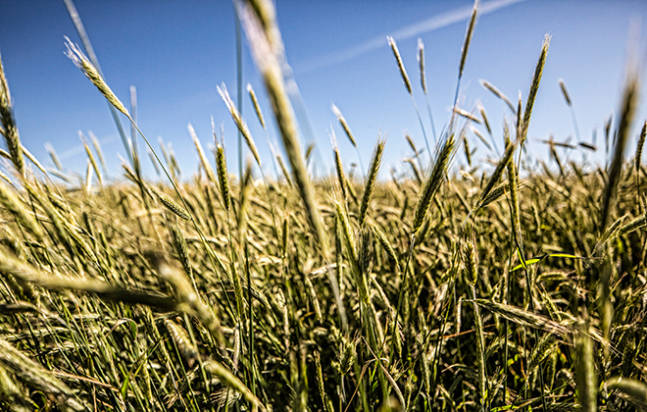
In short, the paper lays out that barley’s flavors are deeply influenced by where it’s grown, and that shows through after distillation. That means that, like wine, whiskey can show terroir. Terroir doesn’t have a direct translation from French, but broadly refers to the soil, climate, and growing methods of a plant in any particular region.
In Waterford’s experiment, two plots with distinct soil types in southeast Ireland grew two barley varieties, Olympus and Laureate, that were harvested in 2017. After the barley was harvested, fermented, and distilled, the unaged distillate was tested through mass spectrum gas chromatography and by a sensory panel. Of the 42 identified flavor compounds, it was determined that terroir had an influence on 21 of them, ranging from nutty and malty notes to floral and fruity notes.
The paper put scientific backing behind the idea that better grain makes better whiskey. Waterford was the first to put the theory to the test from a scientific standpoint, but isn’t the only distillery that’s choosy about its grains. Isle of Raasay uses 100 percent Scottish barley, and malts its own barley with local peat for the 100 percent Isle of Raasay Single Malt releases. Stateside, Heaven Hill has a grain to glass experimental program and TX Whiskey from Firestone & Robertson Distilling Co. uses only Texas-grown corn, wheat, and barley.
“People care where their food is grown, hence the proliferation of farmer’s markets,” says Colby Frey, cofounder of Frey Ranch Distillery. “The next step is understanding where their spirits are made and a return to farm distilling, which was a common occurrence back in the 1700s and 1800s when distilling took root in America.”

The Frey family has grown grains in Nevada for more than 165 years, and Colby and his wife and cofounder Ashley decided to make bourbons and ryes using the grains from their farm in Fallon. A federal experimental license allowed them to start distilling in 2006, but they weren’t able to really get going until 2013 when Nevada’s craft distilling laws changed.
Frey Ranch uses the phrase slow grown grains to describe its approach to whiskey. “Ultimately, it’s the idea that we know where our grains come from and they are not grown for speed or quantity,” Frey explains.
Except for corn, Frey Ranch grows winter variety grains that are planted in the fall and grow slowly through the winter as opposed to shooting up in the spring. Frey says this allows for a healthier plant with a stronger root system than one that grew more quickly in the spring (both are harvested at about the same time).
“Northern Nevada has a really unique topography with mountain ranges and a climate that vacillates wildly throughout the year – hot summer days and cool, winter nights, which lends itself perfectly to crop and soil regeneration,” Frey says. “For five generations, the Frey family has been farming in Fallon, Nevada, so we truly understand what the land needs to produce the highest quality grains, such as crop rotation. The first rule of farming is you should never over plant one specific crop, so we plant alfalfa – which is our primary cash crop – and then rotate with our whiskey grains – corn, wheat, barley and rye – which helps to balance the alkaline levels in the soil.”
It also has an environmental impact.
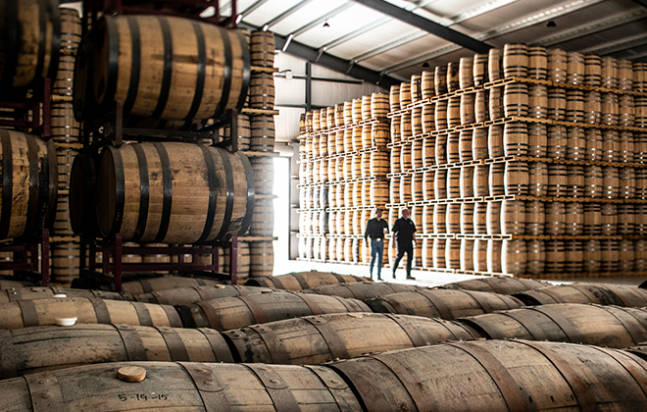
“As we got our start in whiskey production, I was surprised to learn how many big distilleries import their grain from other countries – specifically rye from places like Canada and Germany,” Frey says. “The amount of energy it consumes to transport the grain from other countries to the U.S. has a huge impact. As whiskey farmers, we have the ability to grow beautiful rye, wheat, barley and corn literally surrounding our distillery and reduce our carbon footprint in the process.”
Today, the vast majority of the whiskey you pick up at the store is made using commodity grains, from the reliable (and delicious) everyday options to bucket list bottles. Even the majority of smaller craft whiskey producers use commodity grains or source from a distillery that does.
So while no home bar would be complete with only grain-to-glass whiskeys, you’re missing out if you don’t have a at least a couple of bottles that highlight the beauty of a whiskey made with a grain-first mentality.
Grain-to-Glass Distilleries Every Whiskey Lover Needs to Know
Waterford Whisky
A major force behind highlighting barley and why how the grain is grown matters, Waterford makes Irish whiskey unlike any other you’ve ever tried. Its Single Farm Origin series highlights hyper regional expressions. For something truly unique, try a Waterford whiskey that uses biodynamic barley grown with the moon cycles.
“Biodynamics is one of the ultimate forms of agriculture that, among other things, seeks to develop the most intense and purest expressions of barley and of the land or terroir,” Neil Conway, head brewer at Waterford, says. “This also represents real rarity in whiskey: it’s not a manufactured rarity that uses the same homogenous inputs as elsewhere. There’s next to no biodynamic barley available in Ireland – and we take it all.”
Frey Ranch Distillery
At Frey Ranch, ground to glass means that the company owns and oversees 100 percent of the production process.
“People care deeply about where their food is grown and that shouldn’t be any different with the spirits they drink,” says Colby Frey, cofounder of Frey Ranch Distillery. “By growing grains ourselves, we know exactly what we have, what (if any) pesticides were applied, and where it comes from.”
The Frey Ranch Straight Bourbon uses four grains (corn, rye, wheat, and barley) for a balanced Nevada bourbon.
Laws Whiskey House
While this Denver distillery is located in a city rather than a farm, Laws Whiskey House is dedicated to using high-quality Colorado grains. It sources heirloom grains primarily from two family owned farms. For its San Luis Valley Rye, Laws uses low-yield, semi-wild rye from the Cody Family Farm that’s been grown at 8,000 feet elevation since the 1930s. It’s then malted on the farm at Colorado Malting Company.
Buy Now $53
